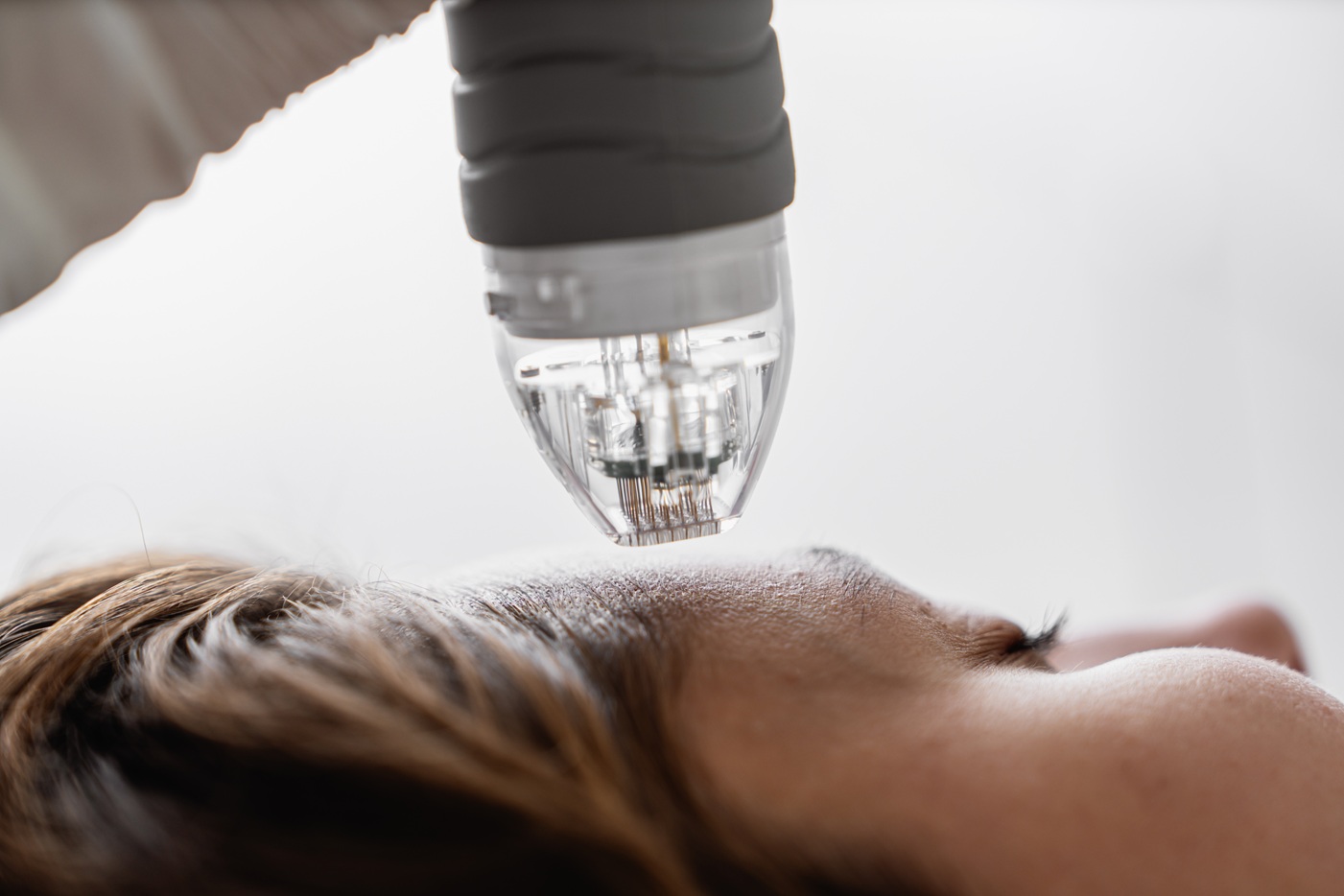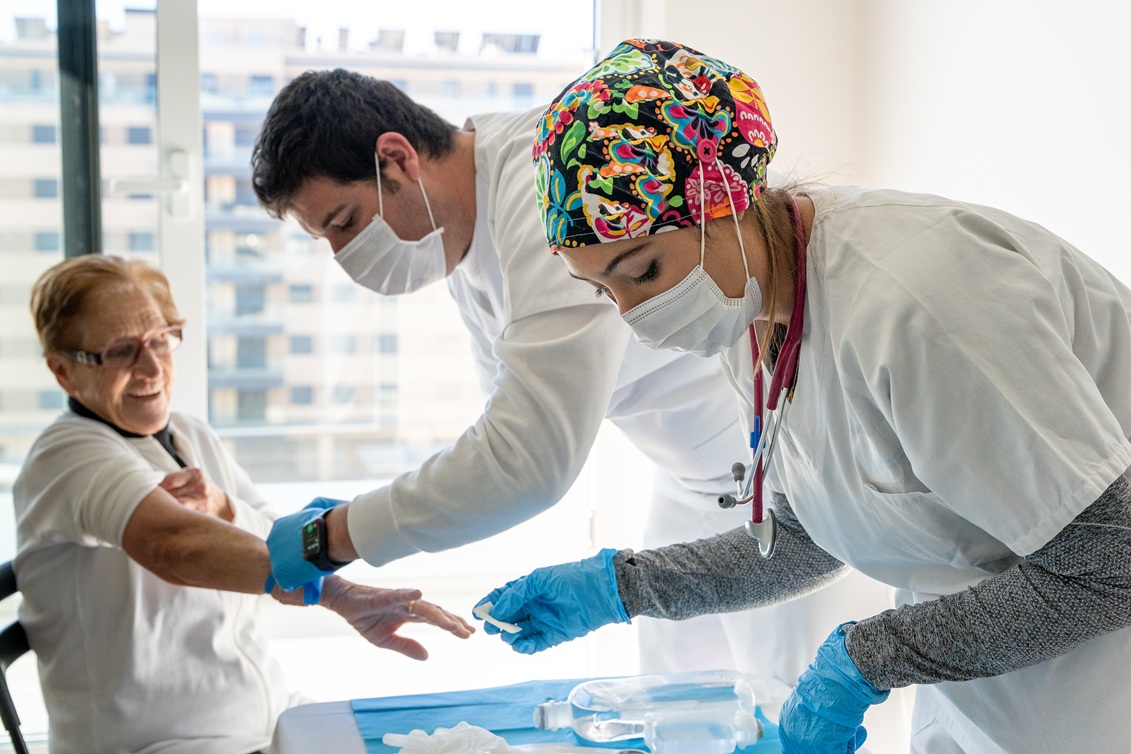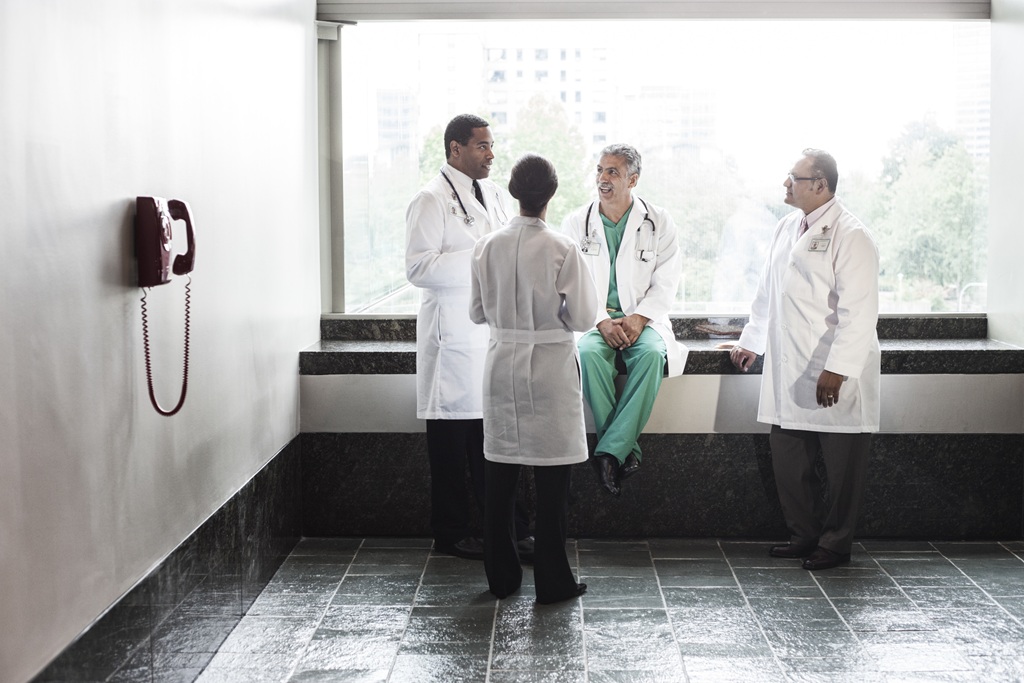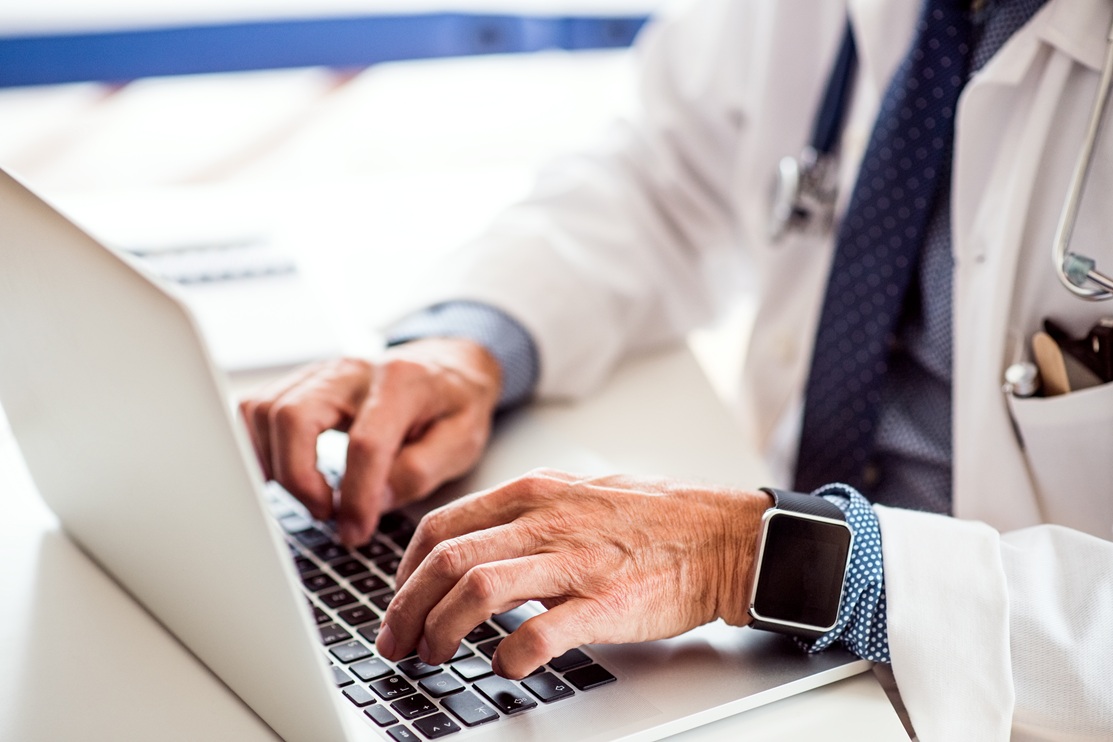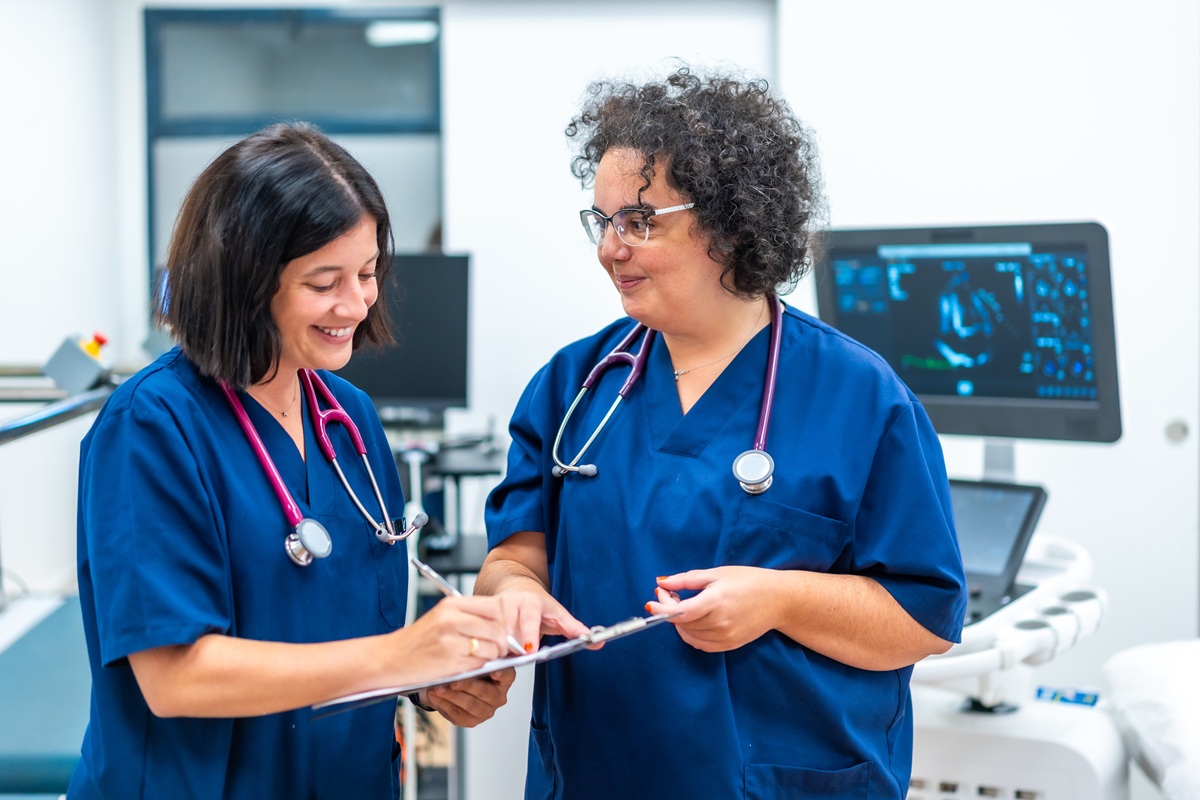Introduction to All-on-4 Dental Implants
It might be overwhelming to replace your lost teeth, but with modern techniques like the All-on-4 implants, it has become ideal replacement dentistry. These techniques allow an easy, minimally invasive, and effective way to have a complete set of fixed teeth in a single treatment.
What Does “All-on-4” Mean?
This term refers to the insertion of only four implants in the jaw to support a complete arch of teeth. Rather than inserting dozens of implants for every tooth, four strong implants hold a bridge of new teeth securely in place. It speeds up and minimizes the invasiveness of the treatment.
Who Is the Ideal Candidate for the Procedure?
Patients who are missing almost all or most of their teeth are ideal for this procedure.. The procedure also helps patients who want to replace removable dentures with a more permanent solution.. All-on-4 may also be a way to replace weak and damaged teeth, provided the dentist advises full replacement.
Why Patients Prefer All-on-4 Instead of Traditional Implants
Fewer implants and less surgery are required for All-on-4 compared to traditional implants. There is usually no need for bone surgery, which means fewer visits; fixed teeth are usually provided the same day., Usually temporary teeth on the date of surgery.
Why Get All-on-4 Implants in Turkey?
Dental tourism is having an ever-increasing appeal abroad, and Turkey is one of the most favourite spots for patients undergoing full-arch restoration via All-on-4 implants. The combination of low tariffs with internationally accepted standards of care makes it increasingly popular. Therefore, clinics make use of modern technology, and oftentimes, dentists are specialists with years of experience in implantology. This means that, in comparison with Western countries, Turkey is considered for reliable, safe, and long-lasting results offered at a much lower price. For more details on treatment options, you can visit the page about All-on-4 Dental Implants in Turkey.
The Growth of Dental Tourism in Turkey:
In the last ten years, Turkey has become a world center in dental tourism. The cost of treatment is not at all expensive for the international clients who come here for treatment from Europe, the UK, and the USA.
Quality of Dental Clinics and Specialists:
Technology used in clinics extends to 3D imaging and digital planning tools. Dentists are very well trained, many having international experiences. Most clinics are certified and follow international health standards to ensure high-quality care.
Cost Factors Compared to Other Countries:
The major point that brings a lot of patients to Turkey is the affordability. An All-on-4 treatment in Turkey will cost about 50-70% less than in the UK, US, or Western Europe. Even after including additional expenses in travel and accommodation, the total price would still be far less than what it would cost in many other countries.
Safety and Legal Standards in Turkish Dentistry
Turkey has rigid protocols in medical and dental care. Clinics must maintain hygiene and safety standards established by the health authorities. Many dental centers are accredited internationally, thus reassuring the safe and reliable treatment of their patients.
Step 1: Initial Research and Consultation
Thus, appropriate research and consultation need to precede travel for All-on-4 treatment in Turkey. The patient should select appropriate clinics, acquaint himself/herself with the procedure, and confirm if personal health conditions allow for implant placement to initiate the treatment process.
Don’t forget to consult the clinic online before traveling.
Almost all clinics in Turkey encourage patients to book free initial appointments through the official websites. They can send their pictures, X-rays, or health history by email, or talk about it via video calls, which helps the doctor understand very well what his case is and gives them an initial treatment plan before the patient comes.
Medical Records with Health Assessment
In normal circumstances, the patient will be asked about his or her clinical history with regard to chronic diseases, medications, or allergies. It is extremely essential, since that fulfills both safety and efficacy considerations.
Step 2: Planning Your Treatment Trip
When the first consultation is completed, the following step is to plan the trip to Turkey. Proper planning makes the journey smooth and strain-free, especially for international patients.
Choosing the Correct Timeframe
Most All-on-4 treatments in Turkey necessitate a 7-10 day stay for the patient. This allows consultations, surgery, and the temporary teeth to be done. Patients should use their convenient time to avoid any stress while on the trip. Adequately planned, therefore, would not only reduce one more burden from the travel itinerary but also eliminate the possibility of any frantic travel.
Preparing Travel Documents and Arrangements
A valid passport for entry into Turkey is an absolute necessity, whereas some travelers may require a visa. Patients are advised to go through their visa requirements against their ticket bookings. The best accommodation options are also near the clinic, so that you can cut the travel time to appointments. Dental clinics today offer different packages containing transfers from the airport and a hotel stay with transportation. Thus, making it as efficient and cost-effective as possible when it comes to fulfilling appointments.
What Happens on Arrival in Turkey?
When patients arrive in Turkey, they are usually picked up from the airport by clinic staff. The first day is usually spent either resting at a hotel or at the clinic for procedure initiation or confirmation of the treatment plan. Most clinics will also have translation services for the best communication without stress.
Step 3: First Dental Examination in Turkey
Visiting the clinic in Turkey is very important because that is the first visit to check up on the treatment plan and thoroughly evaluate the oral cavity to determine the condition of the mouth before treatment starts.
Physical Check and Oral Examination
The dentist carefully examined the gums and jawbone. Infections would be checked, such as gum diseases and weak bone structures.
Discussing Customized Treatment Plans
The dentist develops an individualized treatment plan through analysis of scans and physical examination results. The treatment plan contains essential elements, including implant quantity as well as prosthetic specifications and anesthesia methods, and recovery duration. To the end, the doctor provides full responses to inquiries for getting patients encouraged even before initiating the procedure.
Step 4: Pre-Surgery Preparations
Before commencing surgery, the dentist makes certain that the patient’s mouth and body are fully prepared for the entire process. This helps minimize the risk and allows the implants to heal effectively.
Oral Cleaning and Preliminary Treatments
To eliminate bacteria and plaque, the dentist carries out an extensive cleaning of the mouth. Implant placement requires the removal of any remaining infected or damaged teeth through extraction procedures. The foundation for the new teeth develops from this healthy base.
Handling Pre-Existing Dental Conditions
The dentist carries out the treatment of oral problems such as gum disease and cavities prior to any dental procedures. The medical professional prescribes antibiotics in particular conditions as a preventive measure to reduce infection risks.
The All-on-4 method reduces the need for complex bone grafting. However, for patients with weak bone structure, additional localized treatments may still be necessary.
Anesthesia Options for All-on-4 Surgery
During the pre-surgery consultation, the dentist will explain the anesthesia options. Most patients get local anesthesia with sedation, but in some cases, general anesthesia is used to make the All-on-4 procedure more comfortable.
Step 5 – Surgical Implant Placement
The surgical placement of implants is the most difficult step in the All-on-4 process. Here, the fixtures are anchored into the jaw to provide strong structural support for the new teeth.
How the Procedure is Performed (Step by Step)
It is an altogether normal procedure. The patient is given an anesthetic to eliminate pain during the procedure. The dentist makes small incisions in the gums, drills tiny holes in the jawbone, and fits the four titanium implants at these spatial positions. After that, it stitches the gums back around the implants.
Number and Position of Implants in Jaw:
Four Implants, as the name suggests. These two, at an angle, are being placed at the back. This positioned placement increases strength and obviates the need for bone grafting in most cases. Surgery usually takes 2-3hours per jaw..
Step 6: Temporary Prosthesis Placement
Patients do not leave post-implantation with an empty mouth as a temporary set of teeth is fixed to the implants within that same day. Thus ensuring that patients can smile and eat soft foods right away.
Immediate Function and Aesthetics
With the temporary prosthesis, patients exit the clinic with a full set of teeth. These teeth are not permanent, but they look natural and allow basic chewing and speaking. This really boosts confidence right after surgery.
Adjustments During the Healing Phase
Temporary teeth will require minor adjustment because of the time required for healing of the gums and implants. Follow-up visits are used by the dentist to check the alignment of the bite and comfort. In this way, there is no pressure on the implants, while the latter is bonding with the bone.
What Happens in the First Days
In the first few days, patients will experience a slight swelling or soreness. Hence, soft foods like soup, yogurt, and mashed vegetables are recommended in this condition. The dentist will give clear instructions regarding their diet, cleaning, and medicine to ease their recovery.
Step 7 – Healing and Osseointegration:
This is the most critical stage where the implants will be joined to the jawbone ensuring the success and longevity of All-on-4 implants.
How Long Does the Healing Take
Usually, the period for the so-called osseointegration healing process lies between 3 and 6 months. During this period, bones practically grow around the implants, making them strong and stable. Every type of healing is usually different for each patient, depending on their health and the bone quality.
Pain, Swelling, and Dietary Restrictions
There will be moderate swelling and discomfort usually after a week’s time; however, such painful symptoms will have been modified with pain medications, cold packs, and rest as prescribed during the visit to the dentist. It would be necessary to observe a soft diet, and hard sticks and chews should be kept away until the dentist permits the progression for healing.
Follow-Up Consultations During Healing
During this time, regular check-ups are important. The dentist monitors healing, places stents if needed, and takes progress photos to make sure recovery is going well without infection.
Step 8: Placement of the Permanent Prosthesis
After the full healing of the implants, the last stage involves attaching the permanent set of teeth, which are custom-made to fit for many years.
Designing the final bridge or denture
This is done by taking new impressions and digital scans of the healed jaws . The imprints are used to design the permanent bridge or denture that matches the specific aims of delivering a feeling of teeth that appear as though they actually belong to the individual.
Materials Used in Final Teeth (Acrylic, Zirconia, Porcelain)
The types of permanent prosthesis materials are acrylic, zirconia, or porcelain. Acrylic is not the most durable. On the contrary, Zirconia is extremely tough and very realistic in appearance; hence, it is the most favored. The highest aesthetics, although not cheap, provided by porcelain will always have to be chosen by the patient. The dentist will explain everything in detail regarding the choices, whether external or internal.
Determining the Fit, Comfort, and Reality
In the end, before being permanently affixed, the dentist checks the fit carefully. Minimal adjustments are available to improve the patients’ comfort and also the bite balance. New teeth are set to blend along with those gums, giving patients a confident smile yet so real.
Aftercare and Long-Term Maintenance
One should maintain the All-on-4 implants to keep their strength and durability intact. Well-maintained implants become a source of enjoyment for the patients, using their perfect new smiles, for many years to come.
Daily Oral Hygiene for Implants
Just like normal teeth, implants require thorough cleaning on a daily basis. Brush the teeth twice a day at the very least, using preferably a soft toothbrush, and keep the surroundings of the implants clean with special floss or interdental brushes. Antibacterial mouthwashes are recommended and effective in infection prevention from every point of view.
Post-Return Regular Check-Ups
It’s not enough to only return from Turkey but also to do daily checkups as they are important. Patients must check in with their local dentists a minimum of two times yearly. To note, many clinics in Turkey have direct online following for a question-and-answer type of support after surgery.
Lifestyle Changes for Long-Term Success
For the benefit of the implants, avoid tobacco; consume less alcohol because they do harm to the gums. The strength and health of both gums and bone are better preserved with a balanced diet enriched with vitamins and minerals. The state-of-the-art All-on-4 implants should last for decades if well taken care of.
Final Thoughts on the Step-by-Step Process
In Turkey, getting All-on-4 Dental Implants is a transparent and systematic process. From the initial consultation to the final placement of permanent teeth, the treatment steps are focused on providing fast and secure results with long-term effects. Turkey is becoming one of the foremost players in this treatment with qualified professionals, modern clinics, and affordable rates.
For more information and current details, you can also explore trusted dental clinics like Parmire.






